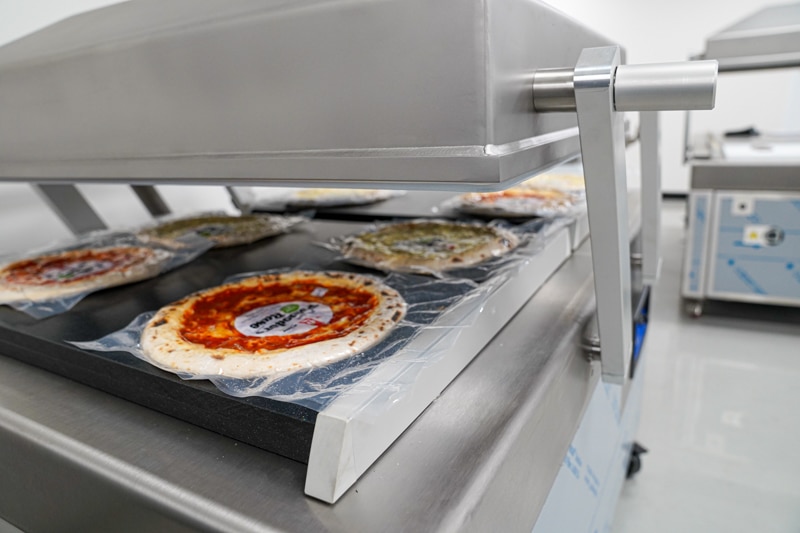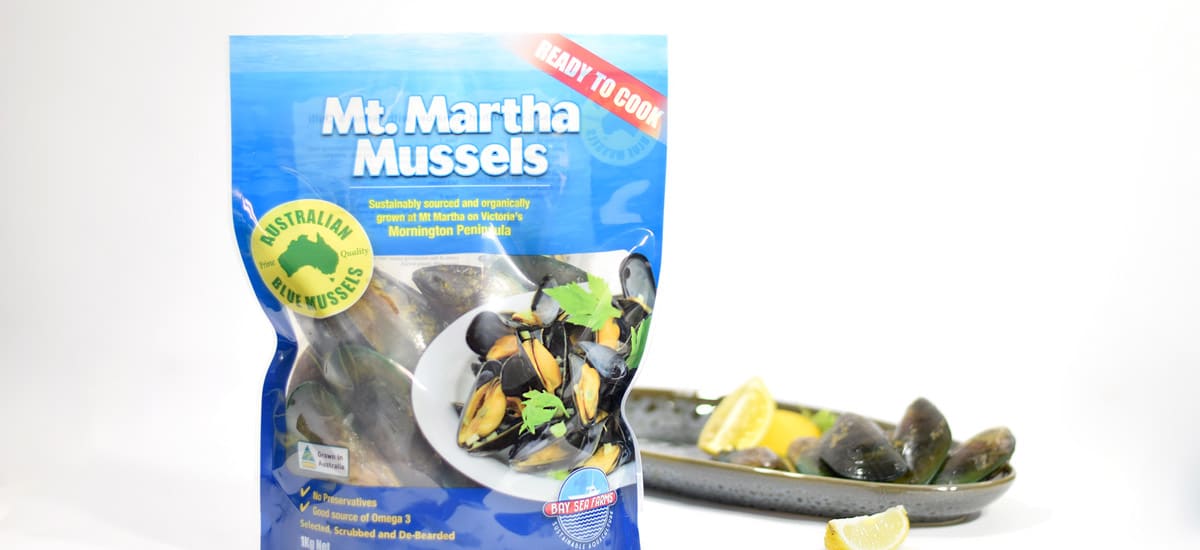
What is Gas Flush?
Packaging that uses gas flush – also known as Modified Atmosphere Packaging (or MAP) – is a common packaging method used to extend the shelf life of food. It is most commonly used for fresh meat that will need to be preserved for a decent length of time – for instance for products being exported overseas.
How Does Gas Flush work?
The process of gas flush is pretty simple. Before a package is sealed off, inert gases such as carbon dioxide or nitrogen are injected into the pack. Because they are heavier than oxygen, they ‘flush’ the oxygen out of the interior of the pack, so when it is closed and sealed, only these inert gases are trapped inside the packaging and the oxygen is removed.
Why Gas Flush?
The reason gas flush is used is because oxygen can cause meat to deteriorate more quickly. It allows for the oxidative deterioration of foods and its presence is required for the growth of aerobic micro-organisms which can cause food to spoil.
In contrast, food will not react to the inert gases used in gas flush, which results in:
- extended product shelf life
- increased product integrity
- protection against discoloration
For some products, the injection of these gases also creates a cushion-like puffer, by puffing up the packaging, helping to protect more fragile products like dry potato chips.
What Gases are Used?
There are several gases commonly used for gas flush packaging, each of which have different properties. The correct mix of gases varies depending on the product being packaged, and it is best to speak to your packaging supplier to find what works best for you.
Different Types of Gases Available
Carbon Dioxide:
This gas inhibits the growth of most aerobic bacteria and moulds, and so theoretically the higher the percentage of this in a pack, the longer the shelf life. However, CO2 is easily absorbed by most foods, so having too much can cause flavour tainting or pack collapse.
Nitrogen:
Nitrogen is an inert gas basically used a filler in a gas flush mix – often combined with carbon dioxide to prevent pack collapse. It is heavy, and so will push oxygen out of your pack, and will not react with the food in any way.

Argon:
Argon has similar properties to nitrogen in that it is a heavy, chemically inert, tasteless, and odourless gas. Its use in gas flush mixtures has been steadily increasing over the last few years.
Oxygen:
While most oxygen should be excluded in MAP packaging, a small percentage may be retained, as it can help keep the fresh, red colour of meat and prevent the growth of aerobic organisms (in some types of fish and in vegetables).
Using modified atmosphere packaging is a great, proven way to extend the shelf life of your product, without any compromise on quality. You may need to ensure you have the correct machine and packaging which suits this method, but with these, using gas flush becomes a very simple and effective addition to your packaging process.
Gas Flush is readily available upgrade on Viking Vacuum Packers, making it simple for you to incorporate into your new or existing workflow.
Speak to the team at Viking about your Packaging Project, and let us guide you through the entire process, from equipment to packaging, we’ve got you covered.
Equipping the food industry to grow with food processing and packaging solutions
call 1300 88 99 51
email [email protected]
room 35 Shirley Way, Epping VIC 3076
room 9 Mcilwraith St, Wetherill Park NSW 2164
room 21 Hoyle Rd, Hope Valley WA 6165
room 27 Beal Street, Meadowbrook QLD 4131
room 7 Chadderton Bvd, Epping VIC 3076
room 22 Glassford Rd, Kewdale WA 6105
room 25 Hayton Road, Wigram, Christchurch 8042, NZ
Connect with us on LinkedIn
